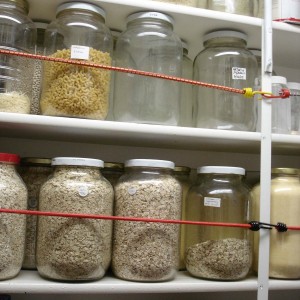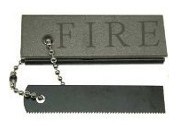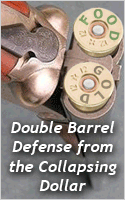 Grandma knew what she was doing when she socked away row after row of Mason jars full of home-canned vegetable. Natural disasters, man-made emergencies and ordinary hard times can lead to food shortages and price gouging. Even a severe winter storm can leave you housebound and unable to get to the store. If you are building up your survival food stores, there are several types of food you should consider including the following....
Grandma knew what she was doing when she socked away row after row of Mason jars full of home-canned vegetable. Natural disasters, man-made emergencies and ordinary hard times can lead to food shortages and price gouging. Even a severe winter storm can leave you housebound and unable to get to the store. If you are building up your survival food stores, there are several types of food you should consider including the following....
1. Grocery Store Survival
Some survivalists turn their noses up at ordinary grocery store fare, but dry foods such as grains and pasta, canned meat, vegetables, milk and fruit, milk packed in aseptic cartons and bottled water are all excellent, relatively inexpensive additions to your survival food pantry.
Picture Credit The Pantry Panel
If you choose to take advantage of what your grocery store has to offer, your store will require regular maintenance. You will have to regularly rotate the grocery store food you keep. The easiest way to do this is to keep track of expiration dates and fill your regular kitchen pantry with items that are nearing the end of their shelf life. In order to keep your stock complete, you will have to replace the items you take with newer items.
2. Military Style Survival
Meals Ready to Eat (MREs), are convenient, balanced meals that last from five to seven years when properly stored and are readily available online for home delivery. Many of them contain their own heaters and don't require an alternative cooking device. They also do not require cleanup.
MREs, a staple of the military, are not as tasty as prepared grocery store foods, but they will still be safe to eat long after your grocery store stock is depleted or expired. They are also expensive, and due to the nature of their packaging, however, they will take up a relatively large area for storage.
3. Astronaut Survival
Freeze-dried food is compact and easy to store. A lot of it fits in a relatively small space, and it keeps for up to 30 years under most conditions. Preparation is as simple as adding water. Freeze-drying is a very quick process that requires minimal handling, so most of the nutrition of the food is retained. Most people like the taste of rehydrated freeze-dried foods. They are readily available online and the cost per meal is comparable to grocery store supplies. Many survival experts consider freeze-dried food the ideal choice for emergency preparedness.
4. Grow Your Own SurvivalÂ
Gardening can be a survivalist's best friend. Growing your own food and canning or drying it yourself is by far the tastiest, most nutritious and least expensive way to build your emergency food store. Even a small garden plot can help to augment your survival stock. Some urban survivalists actually manage to reap a bounty from carefully tended container gardens. If you decide to grow some of your own emergency stores, take the time to learn how to properly can and dry foods for optimal shelf life. Improper processing can render all your hard work useless.
A carefully planned emergency pantry can provide you and your family with all the nutrients you need to thrive during a disaster, and if you budget wisely and are willing to do some of the work yourself, your store can provide tasty treats, as well. In addition to storing a wide variety of shelf-stable foods, don't forget to include an alternative cooking method that is safe to use indoors. In an emergency, power may be out, and using outdoor cooking devices such as BBQ smokers and grills can cause a potentially deadly build-up of carbon monoxide.























I liked your post and started my own prep. I have another source for 25 year shelf life food, which you can actually make money with.